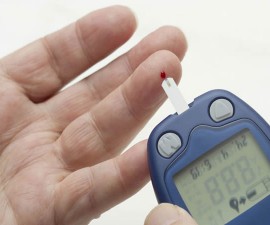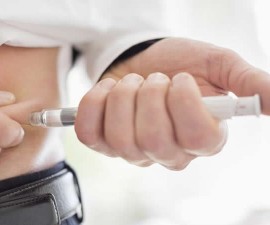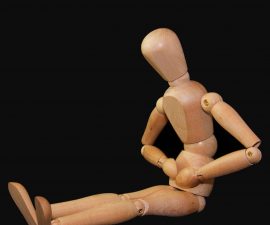When you heard about diabetes insipidus, you probably think that it is similar to diabetes mellitus. It is a pretty understandable condition – because of the word diabetes, right? Both conditions share some of the most common symptoms, such as constant thirst and frequent urination (more than the usual). However, both conditions are completely separated and different. Whereas diabetes mellitus are pretty common and general (especially among those who don’t really take care of their health well), diabetes insipidus is actually a rare condition.
Understanding Diabetes Insipidus
So, what is diabetes insipidus? As it was mentioned before, it is a rare and uncommon disorder concerning fluids imbalance within the body. This condition will always make you super thirsty, even after you have taken a lot of drink. You will also urinate quite a lot. Unfortunately, this condition doesn’t have any cure. But proper treatment should be able to decrease the urine’s output as well as relieving your constant thirst.
This is a disorder where your kidneys pass excessive (and quite abnormal) a lot of volume of the urine within insipid state, which means that it is odorless and it is dilute. People in general normally urinate to 1 to 2 quarts of urine each day. People with diabetes insipidus, however, can urinate up to 3 quarts – even 20 quarts per day. They will constantly be thirsty and they drink tons of liquids.
Diabetes Insipidus vs Diabetes Mellitus
Diabetes mellitus includes the type 1 and 2 of diabetes. It leads to the body having high blood sugar level (also known as blood glucose) because it isn’t able to convert the blood glucose to energy. In normal condition, the body should be able to convert the blood sugar to energy so it can be burned off and you have the energy to do your everyday activities. People with diabetes mellitus, however, will need help to convert their blood glucose to energy. They also need help to maintain the normal blood glucose level.
Diabetes insipidus is the condition where the kidneys aren’t able to balance the body’s fluids. People with this condition have normal level for blood glucose, but there is something wrong with their kidneys – which lead to the situation where they urinate excessively and suffer from on-going thirst.
Kidneys and Their Functions
Your kidneys may be small, but it has one of the most important roles in regulating the correct system of your body. If your kidneys are damaged, your system will be affected too. Kidneys look like beans in a size of your fist. Everyone has a pair of it, located on each side of the body, left and right. Your kidneys are located right below your rib cage. Each is located on the side of your spine.
The function of the kidneys is mainly to filter out the blood. They are responsible for filtering around 120 quarts to 150 quarts of blood in order to produce 1 to 2 quarts of the urine, which consists mostly of extra fluid and waste. The kidneys are related to your bladder through the ureters. Ureters are basically the tubes where urine flows from your kidneys to your bladder, where the urine will be stored for a while before it is released. During urination, urine flows out from the bladder through the urethra, another tube that is situated at the bottom side of the bladder.
You see, the body regulates the amount of fluid by balancing the intake and removing the extra excess. Your thirst is the one controlling your body’s rate of liquid intake. On the other hand, urination is the one removing the extra fluid. People lose fluid through breathing, sweating, diarrhea, and sweating.
All of these processes are controlled by a certain hormone. Your hypothalamus (which is the small gland right on the base of your brain) is responsible for producing such a hormone, known as Vasopressin. Also known as antidiuretic hormone, Vasopressin would control the rate of fluid removal (through urination). Vasopressin is kept and stored within a nearby pituitary gland. When your body has reached a low level of liquid, Vasopressin would be released to your bloodstream, so it can signal the kidneys to slow down the liquid absorption (from the bloodstream) which results in less urine. When your body has a lot of fluid, the pituitary gland will only release a smaller amount of Vasopressin (sometimes even none) so your kidneys can take more fluid from your bloodstream – resulting in higher level urine.




